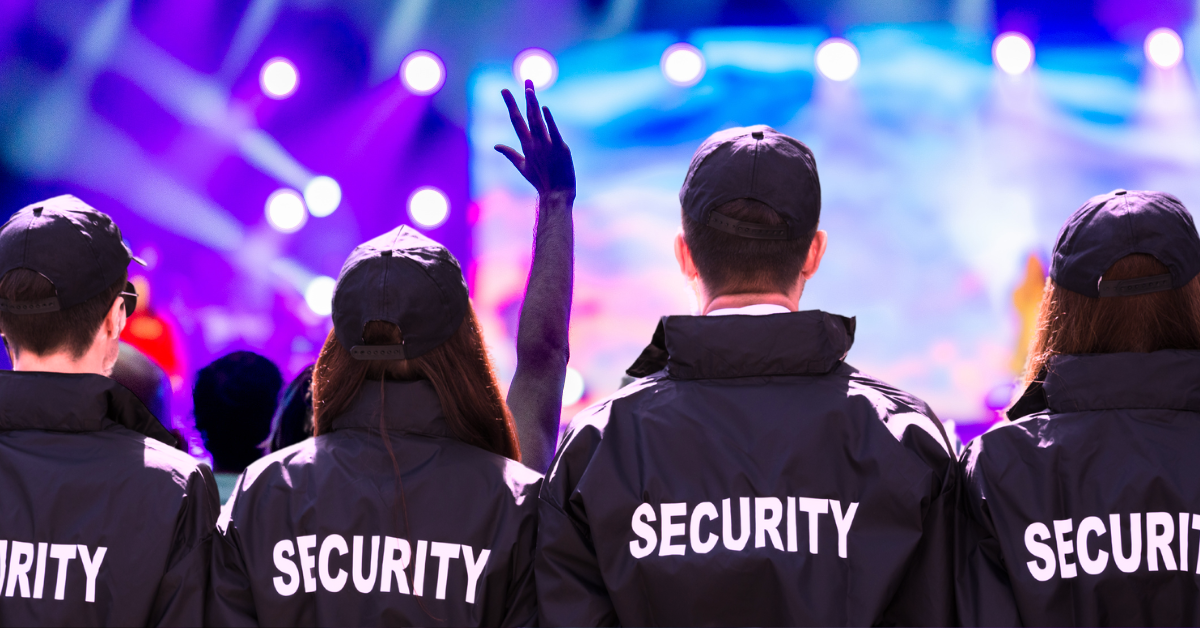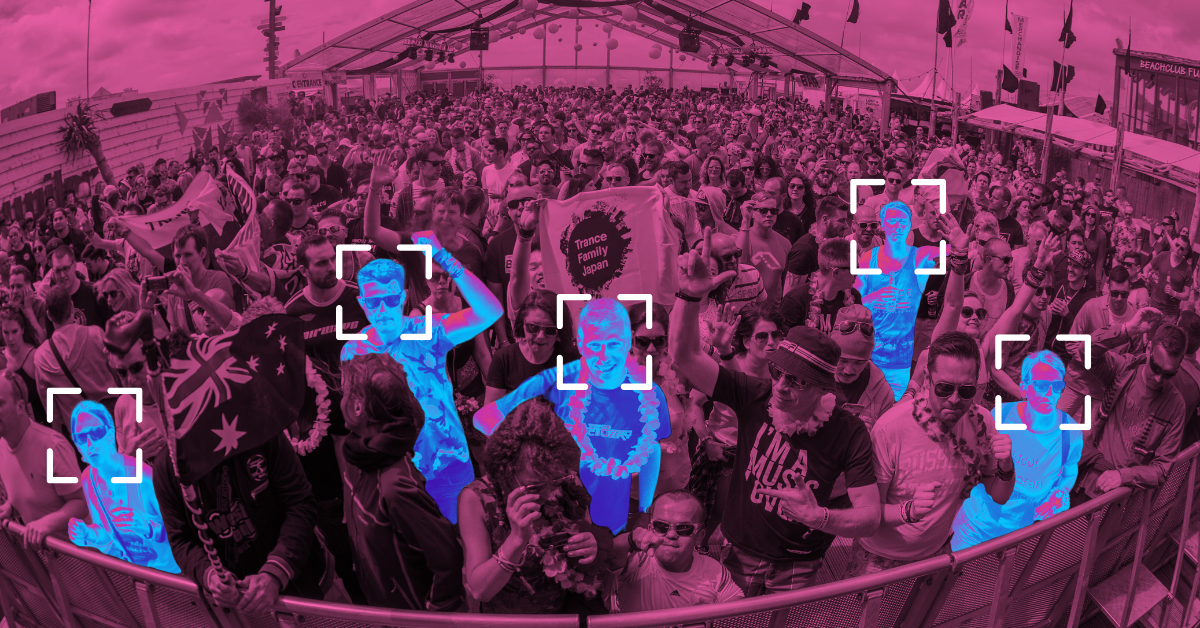Categories
Massive events like music festivals and sports tournaments draw huge crowds, presenting complex security challenges that facial recognition in security is uniquely equipped to handle. By enabling rapid identification of individuals, this technology strengthens safety measures and streamlines access, though it faces technical and ethical hurdles.
This article delves into how facial recognition operates at events, its real-world applications, necessity, benefits, challenges, global trends, and future potential.

Facial recognition for security leverages cutting-edge algorithms to identify attendees at events by analyzing facial features captured via high-resolution infrared cameras. These systems create a biometric signature—a mathematical representation of unique traits like nose width or cheekbone structure—from live video or still images.
This signature is then matched against databases containing profiles of ticketed guests or potential threats, enabling swift identification in real time. Powered by advanced machine learning models, often hosted on high-performance GPUs, the technology processes data in under 0.2 seconds, ensuring rapid security checks without disrupting event flow.
Facial recognition is actively deployed at major global events, showcasing its ability to bolster safety and streamline operations.
Since 2020, Coachella has utilized facial recognition for security to verify ticket holders, cross-referencing faces against a database of registered attendees. This has reduced ticket fraud by 40%, as reported by Billboard, while speeding up entry for thousands of festivalgoers.
In 2024, UEFA implemented facial recognition for security at the Champions League Final in Munich, scanning attendees to identify individuals on watchlists for hooliganism. The system flagged five individuals, preventing potential disruptions, according to a Reuters report.
The scale and complexity of large events make facial recognition indispensable for maintaining safety and efficiency.

Facial recognition in security delivers multiple advantages for event organizers and attendees alike. It enhances safety by instantly flagging individuals on security blacklists, such as those with prior disruptive behavior, as demonstrated at European soccer stadiums where it curbed fan violence.
The technology also accelerates entry, with AI-enhanced automated systems cutting wait times significantly compared to traditional methods. Furthermore, it provides actionable intelligence to security teams, enabling precise resource allocation during large-scale events, ensuring both safety and operational efficiency.
Despite its benefits, facial recognition in security encounters several obstacles that can affect its performance at events.
Post-COVID, masks and accessories like hats reduce recognition accuracy, with error rates reaching 45% for partially covered faces, per a 2021 NIST study. Emerging solutions like iris scanning are being explored to address this.
Suboptimal lighting or improper camera angles, such as those obstructed by bright sunlight, can degrade image quality, lowering accuracy. Event venues often require specialized lighting or camera setups to counter this.
Some facial recognition systems show higher misidentification rates for certain groups, including darker-skinned individuals and women, risking unfair treatment. Ongoing improvements aim to reduce these disparities.
Public apprehension about data collection fuels resistance. Many attendees are unaware their biometric data is being processed, raising ethical issues about transparency and consent at events.
Facial recognition for security is gaining traction globally, though adoption varies due to regulatory and cultural differences.
In the U.S., 65% of large concert venues adopted the technology by 2024 for seamless entry and threat detection, driven by demand for touchless solutions.
China has integrated facial recognition at events like the 2022 Beijing Winter Olympics, reducing unauthorized access by 30%, though it sparked privacy debates.
In Europe, strict GDPR regulations have slowed adoption; for example, a 2023 trial at Wembley Stadium faced backlash from privacy advocates, as reported by by The Guardian, limiting its rollout to select venues by 2025.
As technology advances, facial recognition in security is poised to reshape event management with innovative applications.
Soon, attendees may link their facial ID to ticketing platforms, enabling ticket purchases and validation via facial scans at venues, reducing scalping and enhancing security.
Facial recognition in security could personalize events by identifying VIPs for exclusive access or displaying customized greetings on venue screens, elevating engagement.
Next-generation systems may analyze facial expressions to detect potential disruptions, such as agitation at sports events, enabling proactive security responses.
Pairing facial recognition with wearables, like festival wristbands, could streamline cashless payments and access to restricted areas, blending security with convenience.
In 2025, facial recognition in security is revolutionizing event management, as demonstrated at Coachella and UEFA matches, delivering unparalleled speed and accuracy in identifying potential threats. However, challenges such as facial coverings, algorithmic bias, and privacy concerns require continuous innovation to ensure fair and transparent use. By addressing these issues through advanced technologies like iris scanning and robust ethical frameworks, facial recognition technology can solidify its role as a cornerstone of event safety. Moving forward, striking a balance between cutting-edge security measures and respect for individual rights will be crucial to fostering public trust and ensuring that events remain safe, inclusive, and enjoyable for all attendees worldwide.